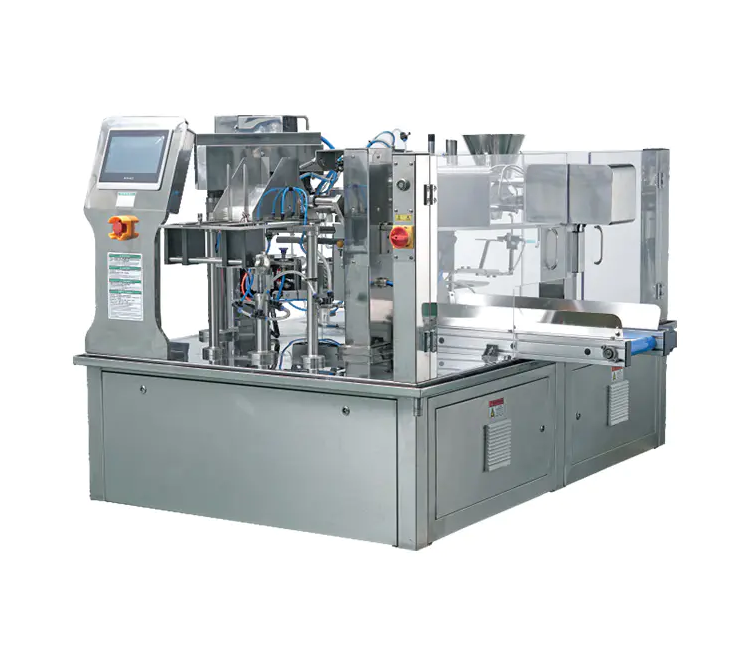From a manufacturer’s point of view, producing vertical packaging machines involves a combination of technical precision, material selection, and practical design considerations. These machines play a significant role in various industries, including food, pharmaceuticals, chemicals, and daily-use products, making it essential for manufacturers to prioritize functionality and adaptability during development.
One of the main focuses for manufacturers is designing equipment that accommodates a wide range of product types and packaging materials. Vertical packaging machines must handle products such as powders, liquids, granules, and solids, each with unique packaging requirements. Manufacturers invest in developing adjustable components and modular systems to support diverse applications without requiring frequent equipment changes.
Material selection is another area that receives careful attention. The structural frame, sealing units, and contact surfaces must withstand continuous operation and exposure to different product textures. Stainless steel is commonly chosen for its durability and resistance to corrosion, particularly in food and pharmaceutical production environments. The right combination of materials ensures the machine operates reliably over time while minimizing maintenance needs.
Ease of operation is a feature manufacturers consistently work to improve. Incorporating control panels with user-friendly interfaces allows operators to adjust settings, monitor operations, and identify faults efficiently. This approach not only improves productivity but also reduces the risk of operational errors.
Manufacturers also focus on integrating machines with other equipment within a production line. Vertical packaging machines often need to connect with weighing systems, conveyors, labeling units, and inspection devices. Developing machines with standardized communication protocols and adaptable designs allows for smoother integration and better overall production management.
In terms of safety, manufacturers implement protective features such as emergency stop switches, safety covers, and sensor systems. These additions help safeguard operators and ensure that the machines comply with regulatory standards. Consistent testing and quality inspections are carried out throughout the production process to maintain reliability and operational stability.
Energy efficiency is another consideration. Manufacturers work to reduce the overall power consumption of their machines without compromising functionality. Designing components that consume less energy and refining sealing systems to prevent waste contributes to more sustainable production practices.
Finally, manufacturers regularly collect feedback from end users to refine machine performance. Insights gained from different application environments help improve design details and develop solutions that address common challenges faced during daily operation.
In summary, from a manufacturer’s perspective, producing vertical packaging machines involves balancing versatility, material quality, operational simplicity, safety, and energy efficiency. These priorities guide the continuous improvement of packaging solutions suited for multiple industries.
